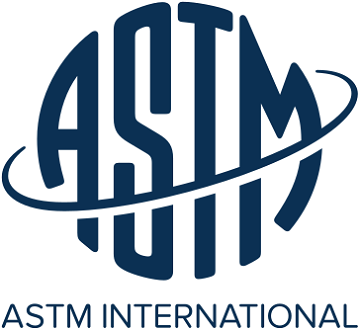ASTM International has awarded four $10,000 scholarships to graduate students for the 2022 year: Diana Wyman, Kennedy Brown, Menachem Sokolic and Sarah Boardman. The scholarships go to researchers who are conducting work in standards in the broadest sense. Before discussing Boardman and her work in 3D printing, we’ll give a brief summary of the non-additive work of the other three students.
Non-Additive Scholarships
Prior to working at the American Association of Textile Chemists and Colorists, Wyman was a product researcher at outdoor company REI. She describes herself as a “perpetual student,” pursuing a Ph.D. in Fibre & Polymer Science at North Carolina State University. She has contributed to ASTM committee D13 (textiles) and F23 (ppe clothing).
Kennedy Brown is achieving a master’s degree in civil and environmental engineering at the University of Vermont, with with the goal of working on standards and water engineering.
Pursuing an MBA at Rutgers, Menachem is an environmental consultant for Wolf Commercial Real Estate, dedicated to due diligence. He works at the FalconRE group, as well. Handily, he’s on ASTM’s committee E50.
Ceramics 3D Printing Research
In that area, she’s looking at the “impact of process parameters on defect generation in this printing technique. There is a wealth of data about the mechanical performance of traditionally processed alumina allowing for effective comparison with the performance of additively manufactured parts. Using Weibull analysis and fractography, this work will provide needed insight into the strength variability and critical flaw population of LCM-formed alumina. Parts with complex geometries will be analyzed to check if the strength-controlling flaws found in simple bars are also found in larger, more complex parts. The knowledge generated in this study will help establish more fundamental connections between processing conditions and part properties for the LCM ceramic forming technique. The work completed here will provide insight into whether traditional ceramic testing standards are effective for ceramic additive manufacturing or if new standards or conditions should be implemented.”
Previously, she worked on the behavior of the high-temperature superconductor composite ¨Bi2Sr2CaCu2O8+x (Bi-2212)¨. Boardman has the CoorsTek Fellowship in Advanced Ceramics, is a peer reviewer for Journal of the American Ceramic Society, and Women in STEM President. She contributed to our beloved F42 on Additive Manufacturing Technologies.
Formidable people all round, deserving of ASTM’s scholarships. More groups should focus on nurturing future generations of researchers and scientists through scholarships. Individual companies and associations could really accomplish so much through the stimulation of research in chosen areas.
